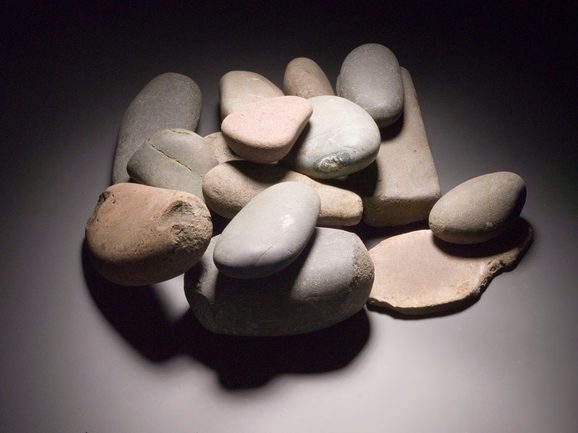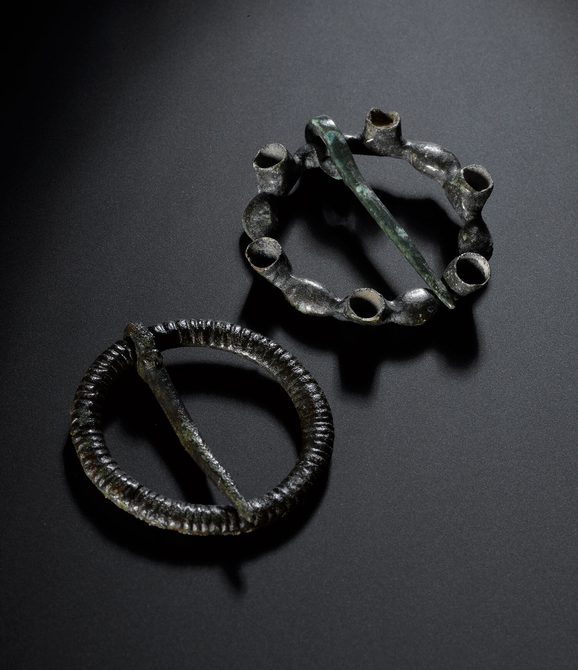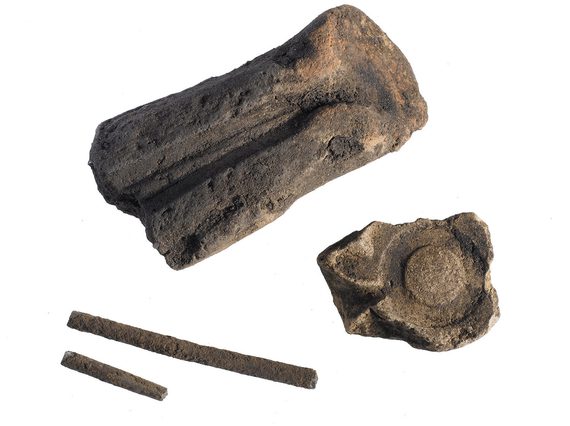
Post-excavation analysis
The Scottish History and Archaeology Department at the National Museum of Scotland is a leading player in the field of post-excavation analysis of finds.
What is post-excavation finds analysis?
It is the identification, analysis and reporting of artefacts recovered during archaeological excavation. The finds that we look at range from single objects through to large assemblages of finds in a variety of materials (e.g. stone, bone, metal) from the Paleolithic to the recent past.
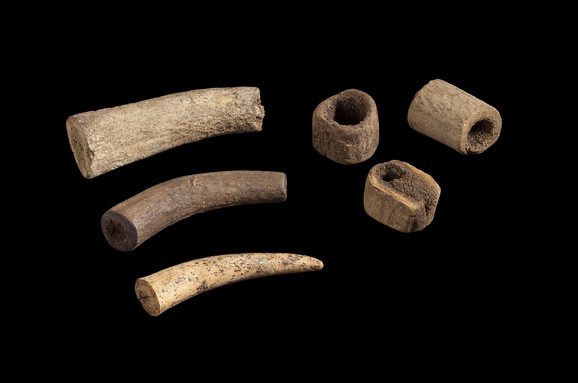
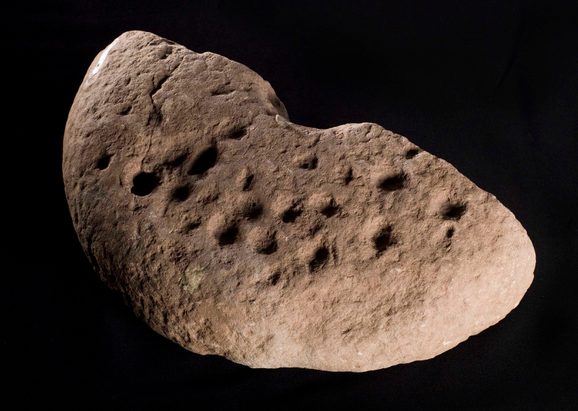
We work with artefact assemblages from various sources on a commercial basis. Sources include research-led excavations undertaken by universities and other museums, community-led archaeology programmes, and commercial, developer-funded archaeological units conducting excavations in advance of construction. Our work focuses on Scotland, but we also work on English, Irish and Welsh finds in our specialist areas. Since 2005, we have assessed and reported on assemblages from over 230 excavations across Scotland and beyond.
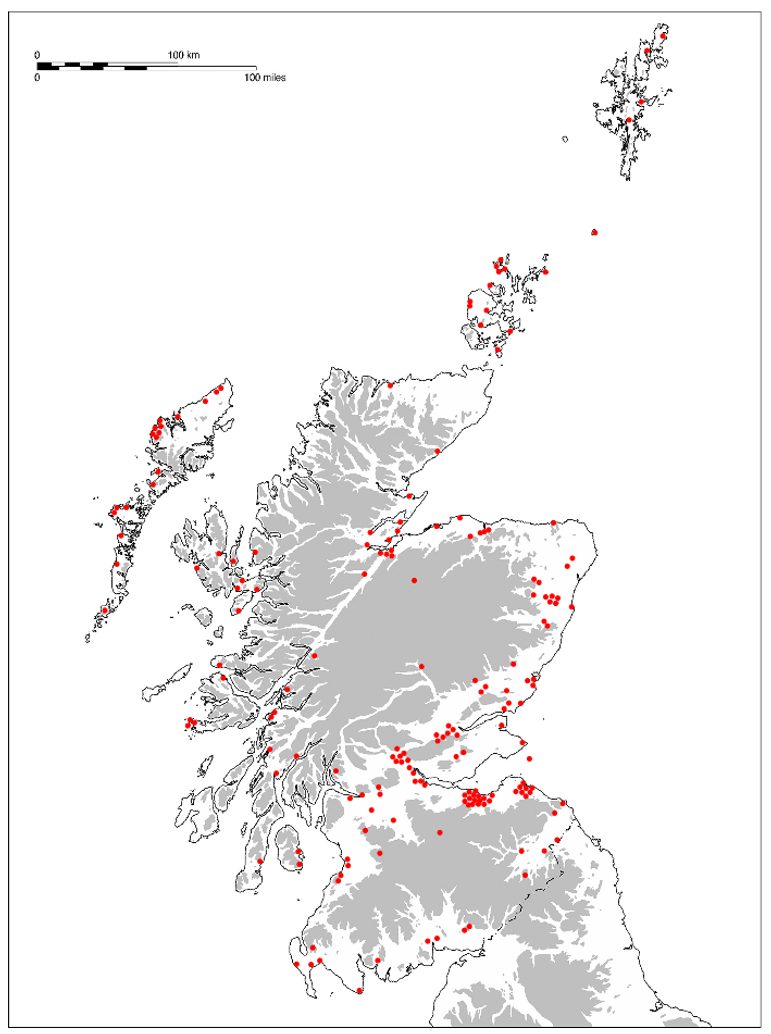
Why is post-excavation analysis necessary?
Post-excavation analysis of artefacts is integral to any excavation project. Objects such as pottery, stone tools and worked animal bone all have the potential to inform us about aspects of ancient life. It is vital for the excavated finds to be identified and analysed as they have the potential to provide crucial information about the date, function, lifespan and status of the site and the people who used it. This also ensures the archive will be in good condition when it enters a museum.
Who carries out the analysis?
All curators are involved in post-excavation analysis. Our specialist expertise allows our department to provide the most informed, accurate and wide-ranging identification and reporting. We also have a network of external specialists to consult as required. Dr Gemma Cruickshanks manages the process as well as reporting on many of the objects herself.
Through this work, we are able to build and strengthen relationships with other archaeological groups, allowing us to work in close partnership with commercial archaeology units, community projects and other academic institutions.
Header image: Iron Age bronze casting at the Landberg, Fair Isle.
